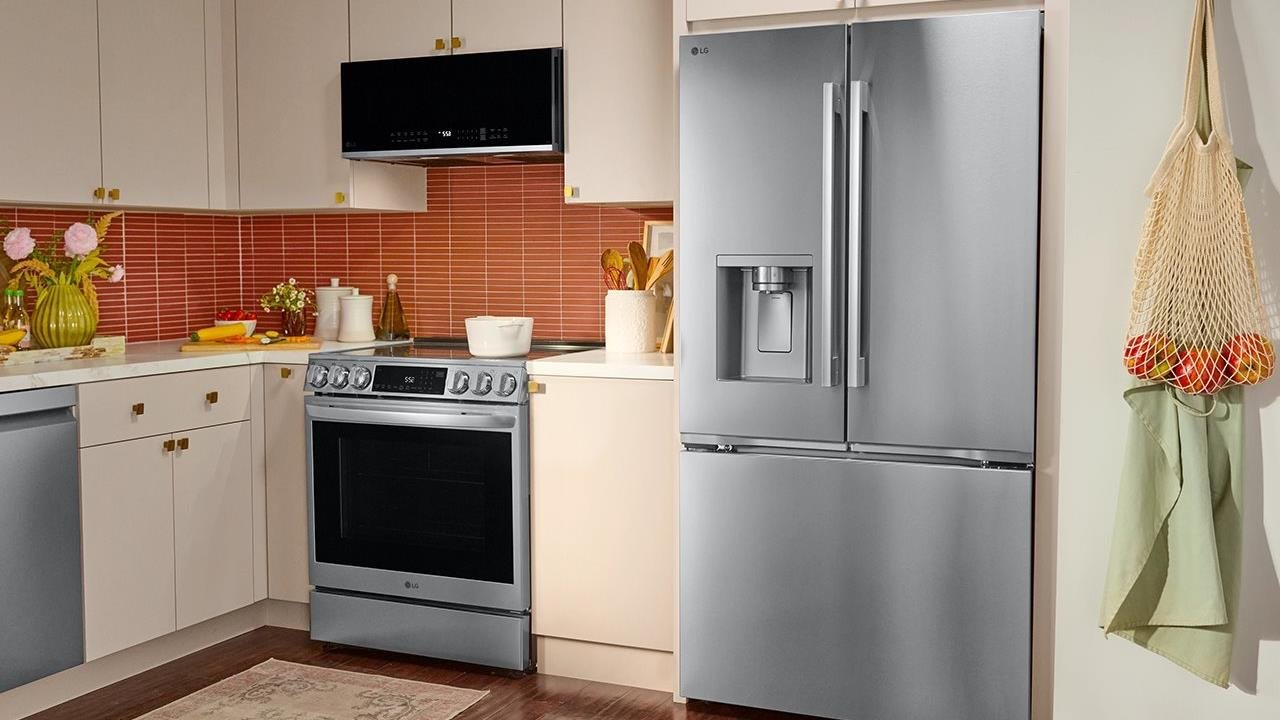2025-10-16T09:01:00
(BPT) – Menopause is a normal stage of life, but the changes it brings can feel anything but. Hot flashes, restless nights, mood shifts and hair thinning are just some of the common symptoms women experience as hormone levels naturally decline. For many, these shifts arrive at a time when life is already busy with family, work and personal responsibilities — making the added stress of physical changes even more challenging.
With World Menopause Day in October, highlighting the importance of awareness and support, it’s a timely reminder that while every woman’s journey is different, research shows there are natural, science-backed ways to ease this transition and feel more like yourself again.
A natural ingredient backed by research
Pycnogenol®, a plant extract derived from French maritime pine bark, has been studied for more than 40 years, including on clinical trials involving 600 menopausal women. Findings show it may help reduce common menopause symptoms like hot flashes, night sweats and irritability, while also supporting fatigue, sleep quality and memory.
What makes Pycnogenol® unique is its ability to work on several levels at once — it functions as an antioxidant, circulation booster and natural anti-inflammatory. Many studies have also confirmed that Pycnogenol® is safe and well-tolerated and has no impact on hormonal levels, making it an appealing choice for women looking for natural alternatives.
Proven benefits for disruptive symptoms
Menopause can bring about more than just the well-known symptoms. For example, women face increased cardiovascular risk during this stage of life. Studies show that menopausal women who took Pycnogenol® for six months experienced improved cardiovascular markers, thanks to the extract’s positive effects on vascular function.
Skin health may also suffer due to declining estrogen levels, leading to dryness and reduced elasticity. Pycnogenol® has been shown to improve skin hydration, increase elasticity and reduce pigmentation — benefits that help women feel more confident in their skin.
Another lesser-discussed symptom is joint discomfort. Estrogen loss can cause inflammation and stiffness. Pycnogenol’s® anti-inflammatory properties have been shown to improve mobility and reduce the need for medication.
Supporting hair health
More than half of women over 50 notice hair thinning, and hormonal changes are a big reason why. Reduced estrogen can affect follicle activity, while dryness and scalp irritation make it harder to maintain strong, resilient strands.
Recent clinical research shows Pycnogenol® may help. After just two months, women in one study experienced a 30% increase in hair density. The study also revealed an improvement in scalp microcirculation, or blood flow to the skin, that was associated with improved density. Together, these benefits can make a visible difference in how hair looks and feels.
Simple steps for everyday support
Beyond supplements, small lifestyle shifts can also make a difference in how women experience menopause:
- Hydrate: Staying well-hydrated helps support circulation, skin elasticity and cellular health throughout the body.
- Massage: A few minutes of daily scalp massage can boost circulation and help relax tension.
- Nourish: A nutrient-rich diet with a variety of vitamins, minerals and antioxidants supports whole-body vitality, including skin and hair health.
- Rest: Prioritizing restful sleep gives the body time to repair, reset hormone balance and maintain emotional resilience.
- Move: Gentle exercise like walking or yoga can improve circulation and reduce stress, both of which impact overall well-being.
Moving forward with confidence
Menopause may come with challenges, but it’s also an opportunity to refocus on self-care and wellness. From easing disruptive symptoms to supporting hair and skin, natural solutions like Pycnogenol® can play an important role in helping women move through this stage feeling healthier and more confident.
To learn more, visit Pycnogenol.com.























